Study, work or travel in the UK. British
culture and life.


Visit Brussels (Bruxelles) in Belgium
|
|
Study, work or travel in the UK. British
culture and life.
|
|
||
|
|
|
|
||
 |
||||
 |
||||
|
Visit Brussels (Bruxelles) in Belgium
|
||||
|
INTRODUCTION
|
 |
Brussels, Bruges, Ghent & Antwerp Editor: Helen Townsend Publisher: Dorling Kindersley Date: September 2003 |
 |
Top
10 Brussels & Bruges, Antwerp & Ghent Author: Antony Mason Publisher: Dorling Kindersley Date: February 2004 |
 |
"Time
Out" Brussels: Antwerp, Ghent and Bruges Editor: Peterjon Cresswell Publisher: Time Out Group Ltd Date: October 2004 |
 |
Berlitz
Brussels Pocket Guide Author: Jack Altman Publisher: Berlitz Publishing Company Ltd Date: August 2004 |
|
MANNEKEN-PIS
|
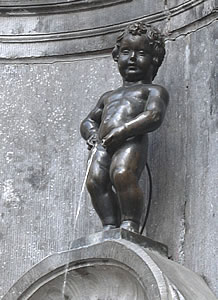 Manneken-Pis naked ... |
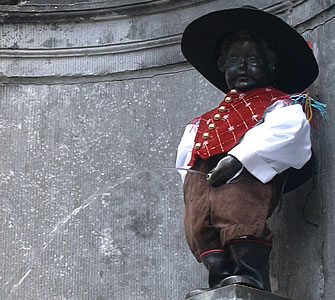 ... and in one of his many costumes |
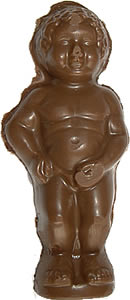 Chocolate souvenir |
|
GRAND' PLACE
|
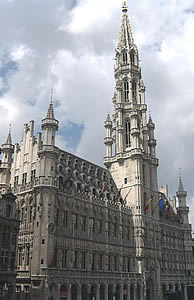 Town Hall (Hôtel de Ville) |
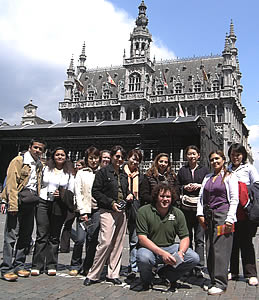 Part of the tour group in the Grand' Place |
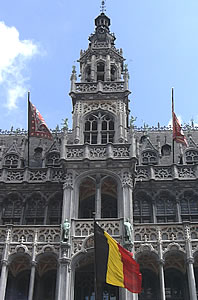 The bakers' guildhall, now a museum (Maison du Roi) |
|
RUE DES BOUCHERS
|
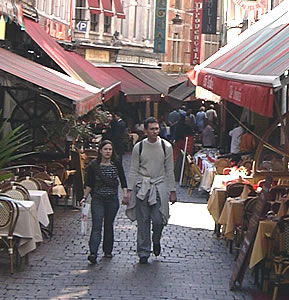 Restaurants line the Rue des Bouchers |
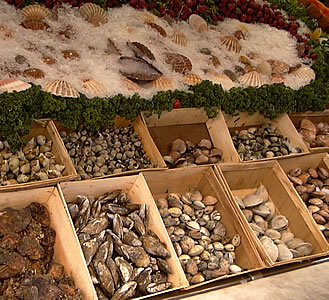 Shellfish |
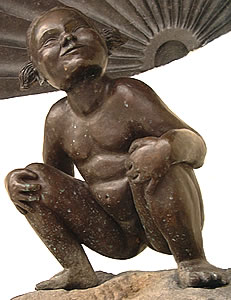 Janneke-Pis |
|
CATHEDRALE SAINT-MICHEL
|
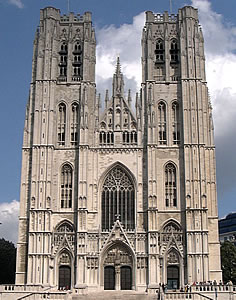 Front of the cathedral |
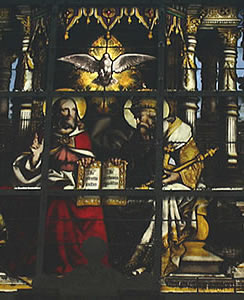 Stained glass window |
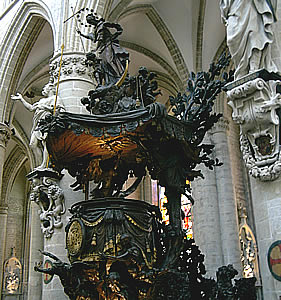 Wooden pulpit |
|
PLACE DU CONGRES
|
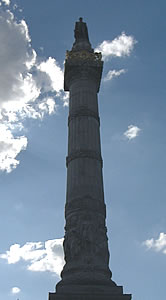 Congress Column |
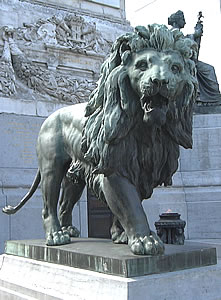 Lion, and eternal flame |
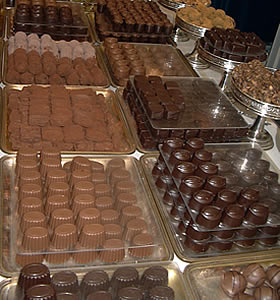 Chocolates in the "Mary" shop |
|
BOTANIQUE
|
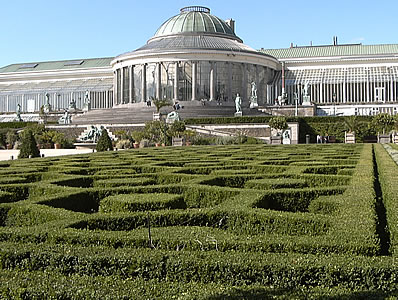 Botanical garden |
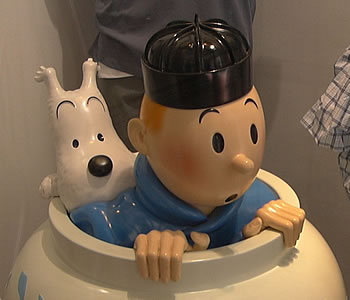 Tintin and his dog Snowy |
|
PARC DU CINQUANTENAIRE
|
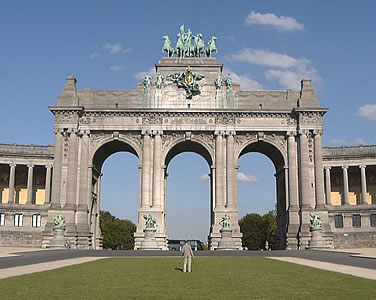 Brussels' own "Arc de Triomphe" |
|
ATOMIUM
|
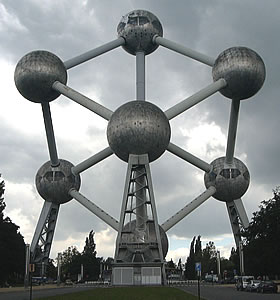 Atomium |
|
CHINESE PAVILION / JAPANESE TOWER
|
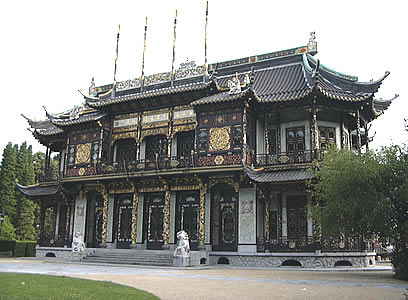 Chinese pavilion |
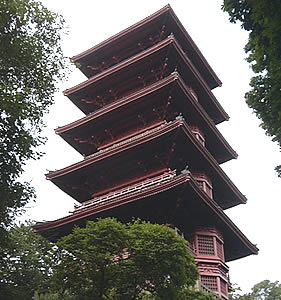 Japanese pagoda |
|
CHATEAU ROYAL
|
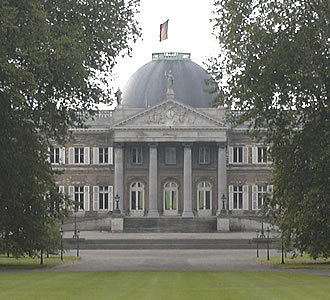 Chateau Royal |
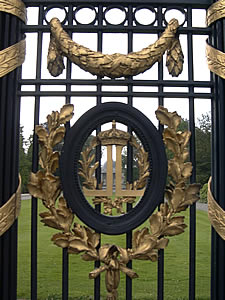 Royal emblem on the gates |
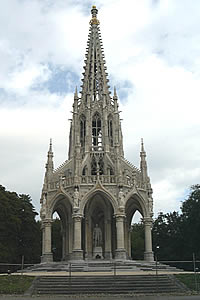 Monument to Leopold I |
|
PALAIS ROYAL
|
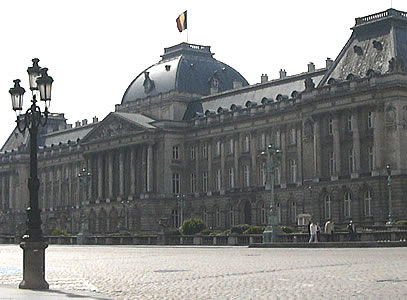 Palais Royal: the Belgian flag flies when the king / queen is here |
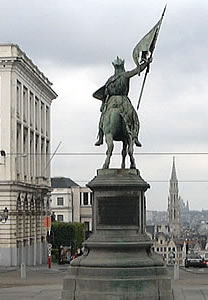 Monument in the Place Royale |
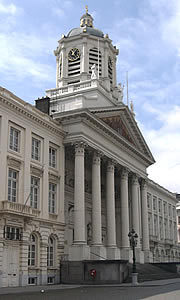 Eglise St-Jacques- sur-Coudenberg |
|
SABLON
|
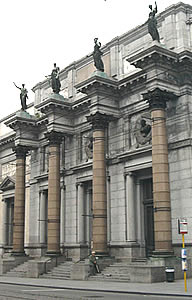 Musées Royaux des Beaux-Arts |
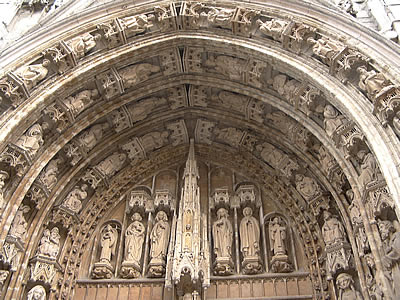 Entrance to Notre-Dame du Sablon |
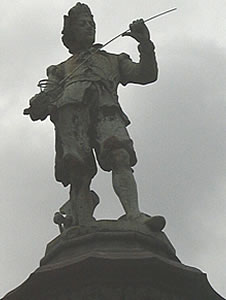 One of the statues of a craftsman around the edge of the Petit Sablon |
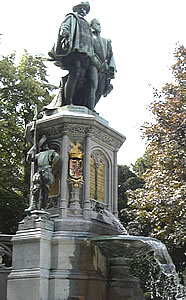 Egmont and Hoorn, shown on the way to their executions |
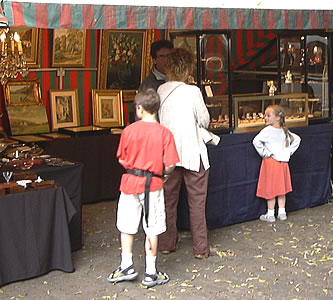 Seeking a bargain at the antique market in the Grand Sablon |
|
PALAIS DE JUSTICE
|
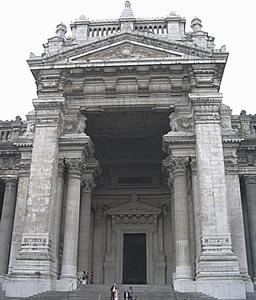 Entrance to the Palais de Justice |
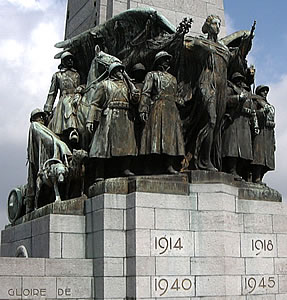 The Infantry Memorial: in memory of Belgian foot soldiers |
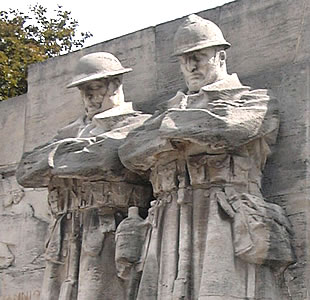 British War Memorial: in memory of British soldiers who died in World War I |
|
WINTER IN BRUSSELS
|
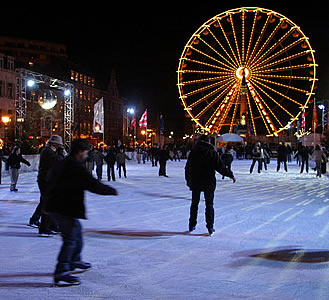 Ice skating |
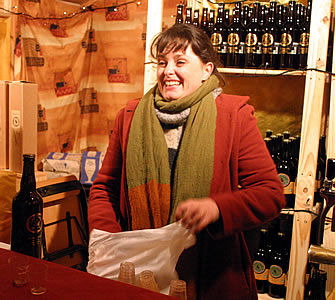 Stallholder in the Christmas market |
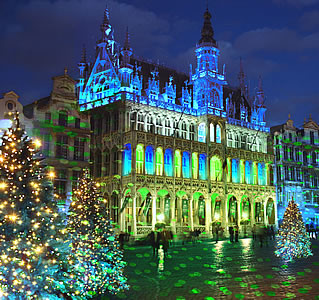 Grand' Place |
|
FURTHER INFORMATION
|
|
|
|